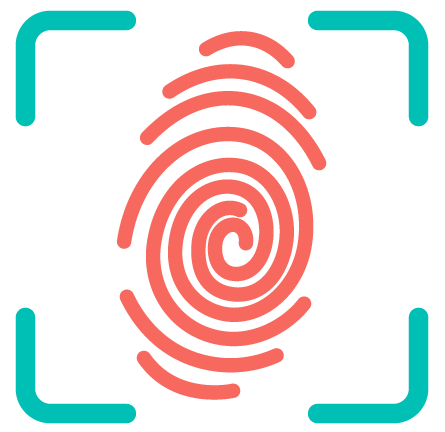What is a triac relay?
Electronic symbol. TRIACs are a subset of thyristors (analogous to a relay in that a small voltage and current can control a much larger voltage and current) and are related to silicon controlled rectifiers (SCRs).
Can I use triac instead of relay?
Long story short: Yes, triacs can replace relays in almost every application. If you don’t want to bother with the snubbering and isolation you can always buy solid state relays; they’re triacs with the appropriate control circuitry to make them work almost the same as relays.
Which is better relay or triac?
The relay can usually last 100,000 cycles, which will give around 1 day and 4 hours of work and constant clicking noise. Triac can last/work millions of cycles, and it is silent. So: when you need a silent and frequently working output, you should choose triac.
Is triac current controlled?
A TRIAC is a semiconductor device with three terminals that control the flow of current, thus the name Triac. Unlike SCR, TRIAC is bi-directional while SCR is bi-directional.
What are the applications of triac?
TRIAC (Triode for AC) is a semiconductor device widely used in power control and switching applications. It finds applications in switching, phase control, chopper designs, brilliance control in lamps, speed control in fans, motors, etc.
Which is an example of triac?
Explanation: BT136 is an example of TRIAC.
When would you use a triac?
Triacs are electronic components that are widely used in AC power control applications. They are able to switch high voltages and high levels of current, and over both parts of an AC waveform. This makes triac circuits ideal for use in a variety of applications where power switching is needed.
Is a triac a solid-state relay?
SSR (solid state relays) is a semiconductor relay consisting of a triac coupler, main triac, resistance, and capacitor. Triac couplers alone can turn a load ON/OFF. However, the current they can control is so small (around 100mA) that SSR is used for applications for performing ON/OFF control on large currents.
Can I use a triac to switch DC?
A triac may not care whether it’s AC or DC to turn on but it certainly does to turn off. The current needs to go to zero for the triac to turn off so it will turn off fine with AC, but not with DC. So, sorry, you cannot use the triac opto to switch DC, you need a DC type such as the 4N25.
What are the advantages of TRIAC?
Advantages of Triac: It needs only a single heat sink of a slightly larger size whereas for SCR two heat sinks should be required of smaller size. A safe breakdown in either direction is possible using TRIAC but for SCR protection should be given with parallel diode.
